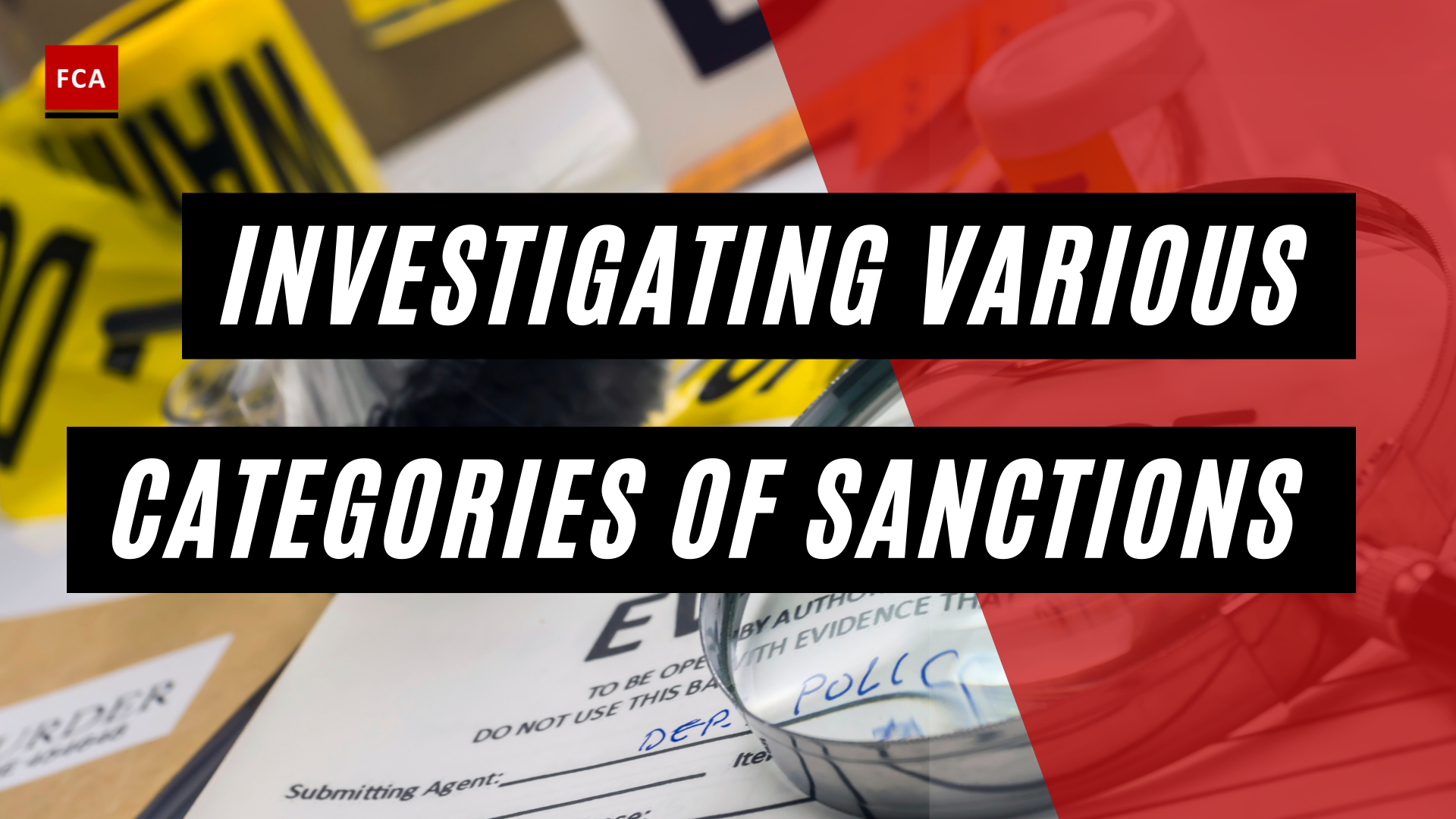Planning for onsite and off-site investigations requires careful consideration of various factors, including the nature of the investigation, the location of the investigation, the availability of resources, and the potential risks and challenges involved.
A strong AML compliance culture requires performing appropriate planning for the on-site and off-site investigations for transactions identified as suspicious. Usually, planning the off-site investigation requires streamlining and identifying the need and scope to gather relevant data and pieces of evidence that may be available in the system.

Planning for Onsite and Off-Site Investigations
The compliance investigation team plans offsite reviews based on the availability of required evidence or information. During the offsite review of transactions and system-based evidence, the compliance team may assess the need to perform the onsite investigation as well, and visit the particular location or meet with relevant employees, to gather more specific and relevant evidence. This would require the compliance team to perform an on-site investigation, where the compliance team shall discuss, observe and gather more evidence of the transaction under investigation.
Onsite visits would enable the compliance team to gather more relevant and specific transaction evidence, which shall be added to previously gathered system-based evidence. The onsite investigation also requires a review of files and documents, for which the compliance team shall have the necessary authority to obtain and review. Management must ensure that the compliance team is facilitated in the investigation process, and all required information is provided to the team for review.
Planning onsite and offsite investigations should consider applicable AML/CFT and KYC laws, rules, regulations, instructions, and end-to-end compliance program requirements, to determine the resources required to perform compliance investigations.

The AML compliance team for the onsite investigation may contact the customer, through the relationship officers or branch manager. The relationship officers or branch manager must contact the relevant customer, on demand of the AML compliance team, to gather more relevant data, facts, or information, about the transaction or transactions under investigation.
The ML/TF case investigation is a process that involves the review of historical financial transactions and other related information, to identify the root causes of the ML/TF event that occurred in the entity. It involves the analysis of various conditions that highlight the breaches of internal controls and any possible management bias for the actual financial crime incident.
The identification process is also a forward-looking activity to assess the possibilities of the reoccurrence of financial crime incidents. To assess the reoccurrence of ML/TF activities in the future in any particular department or function of the company, the investigators analyze the historical as well as current financial crime trends and incidents, to establish the inter-connections between them. This connection assessment helps in the prediction of possible future fraud incidents.
Final Thoughts
Onsite and off-site investigations are essential components of many fields, including law enforcement, safety inspections, and corporate compliance. These investigations can involve a variety of techniques and strategies, depending on the specific goals and objectives of the investigation.

When planning an onsite investigation, it is crucial to gather as much information as possible about the location and any relevant individuals or entities involved. This may include reviewing documentation, conducting interviews, and analyzing data. The investigators should also plan for potential safety hazards and take appropriate precautions to protect themselves and others.








